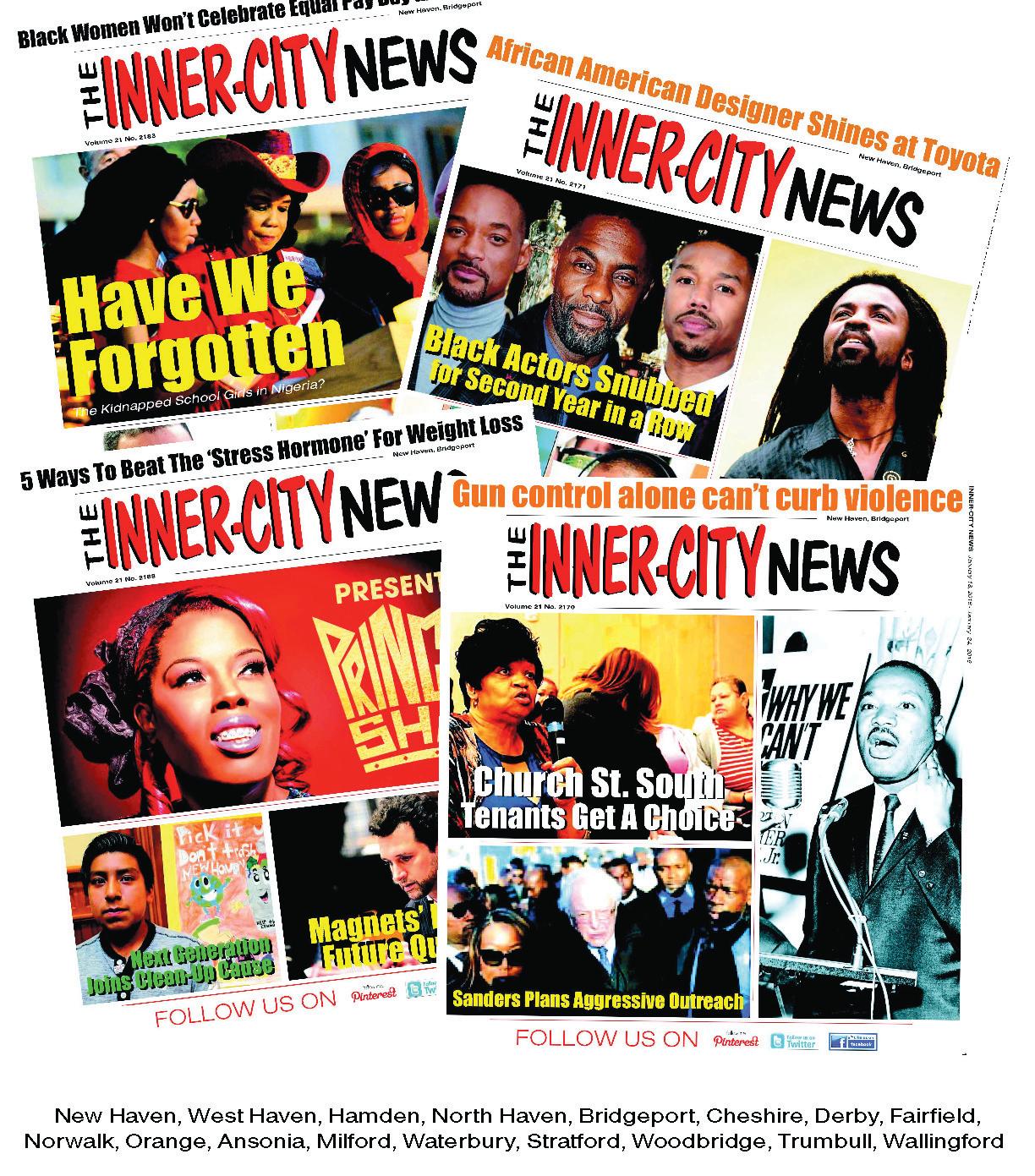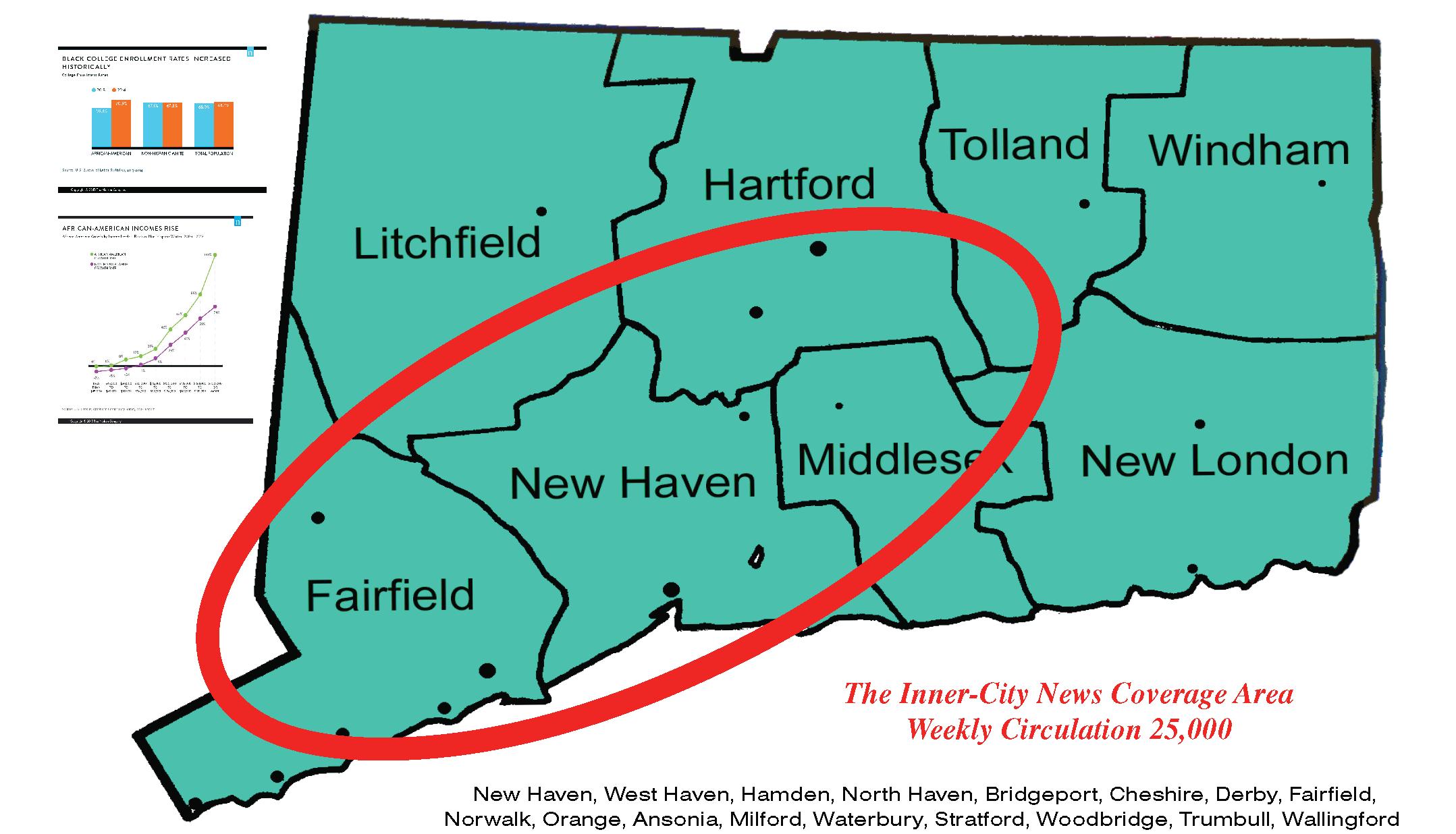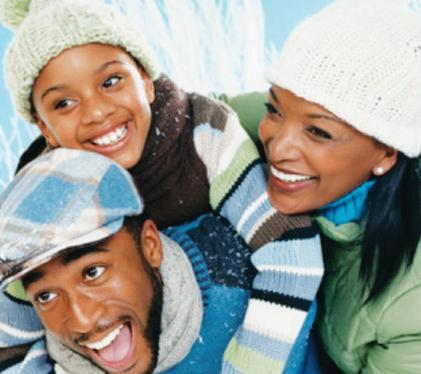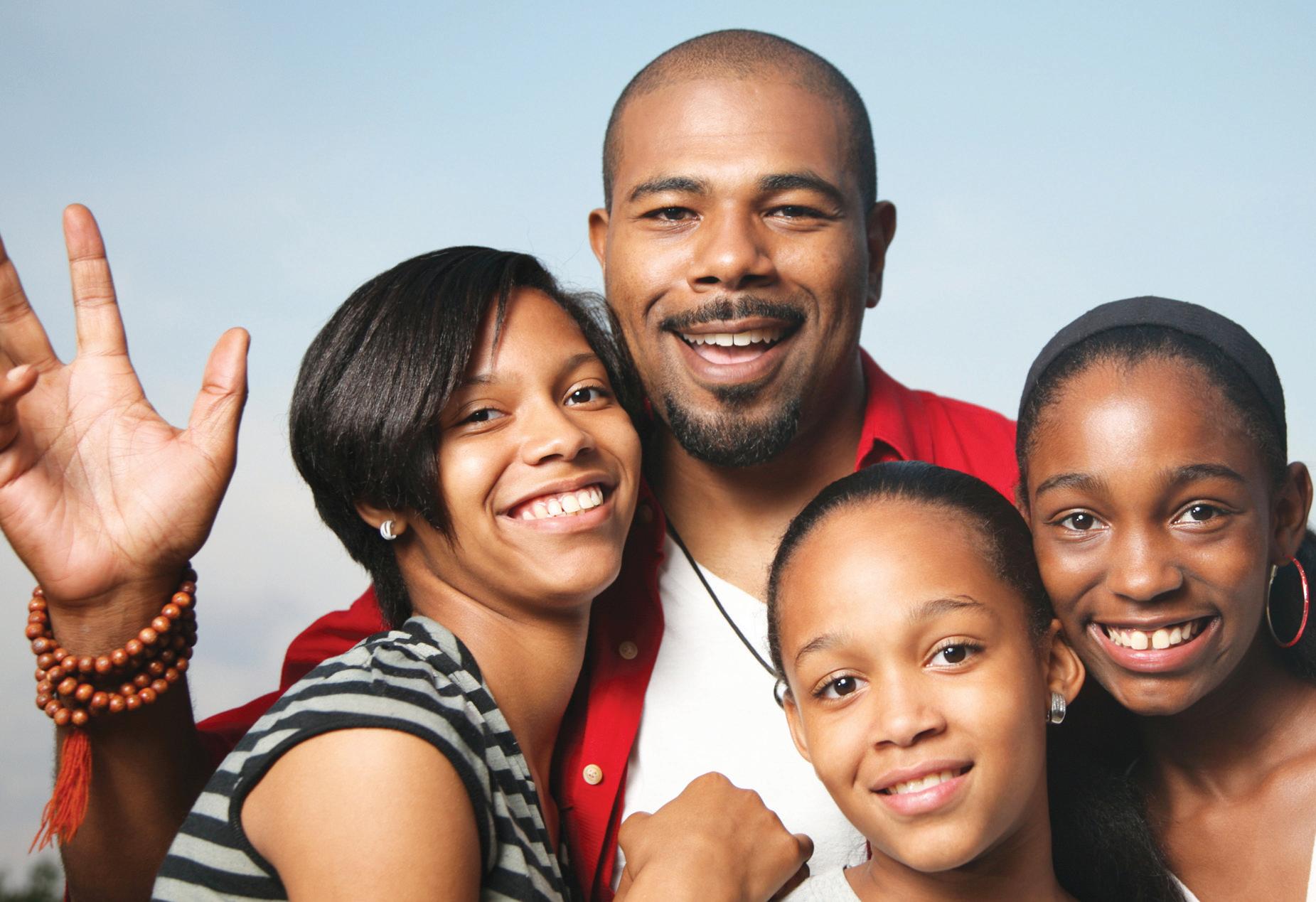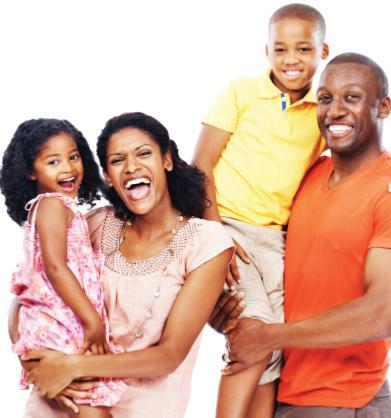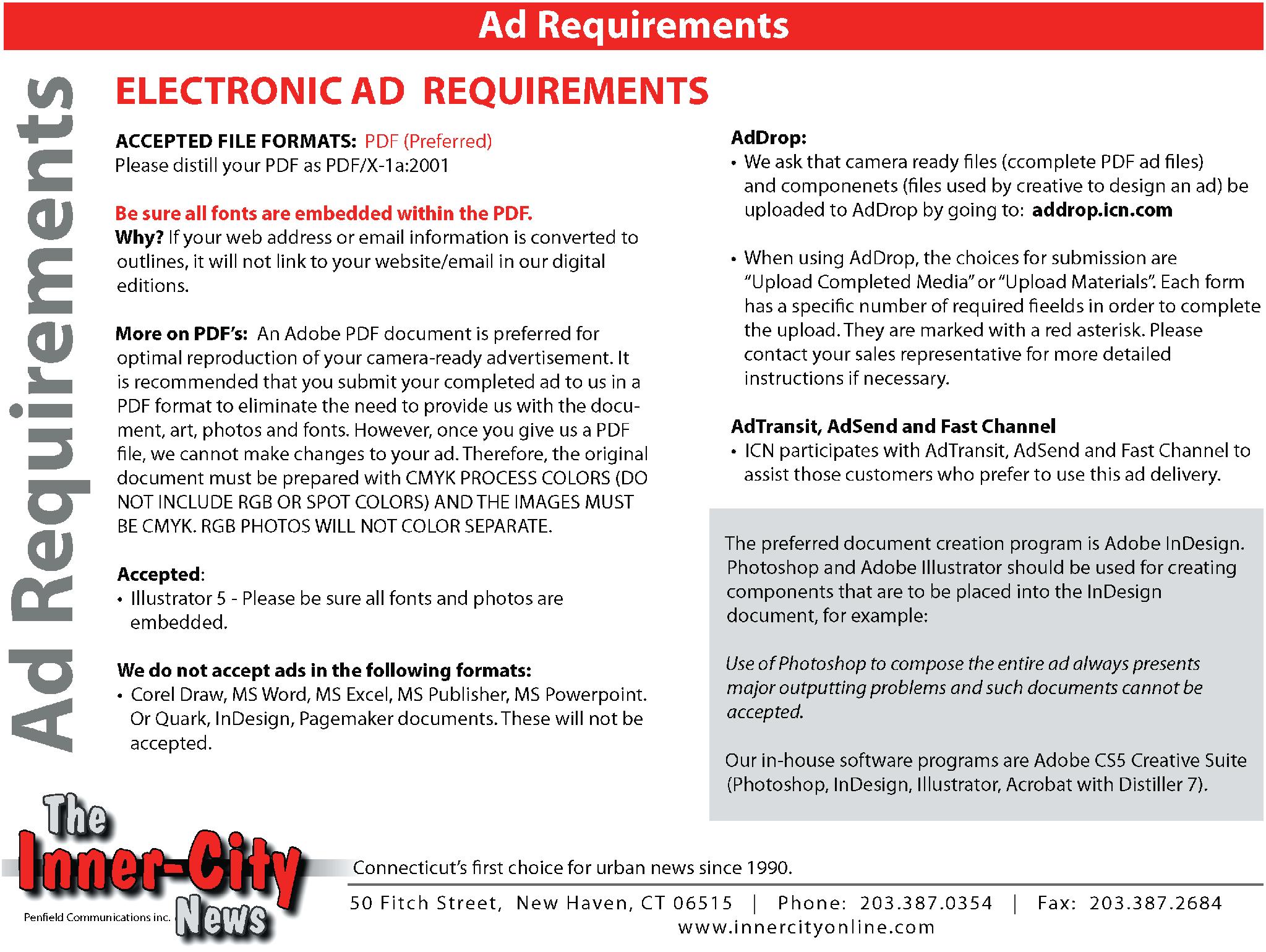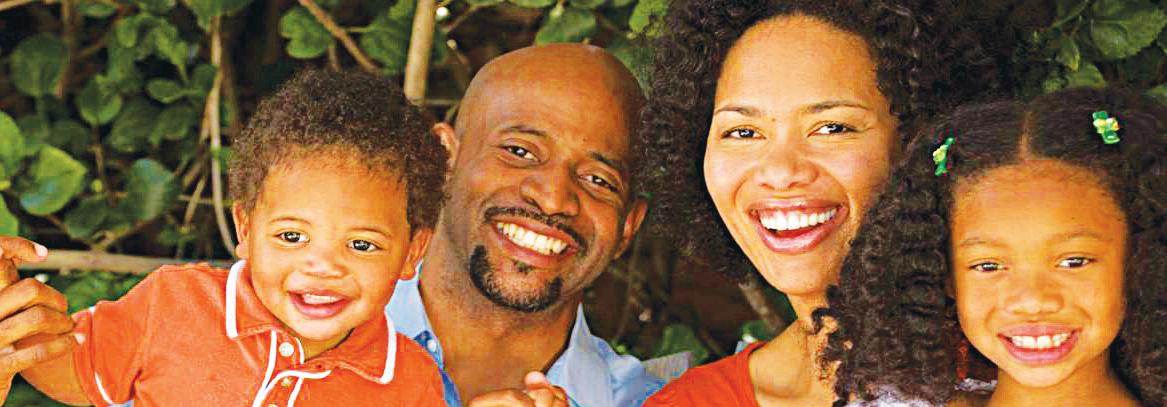














He’s no longer that visually distant, two-dimen sional figure, limited to speaking a single sentence taken out of context and shorn of its true meaning. Instead, the honest scholarship and media com mentary considering what King faced and what he did have broken through the obscuring fog of conservative, and yes, centrist, propaganda.
In part, that’s because, today the confrontation between the forces of progress and the racist reac tion to that progress is sharper than any time since the 1960s.
Today, as in the 1960s, American society is grap pling with elevating new groups of Americans to full citizenship. Today, as in the 1960s, it’s being forced to confront the meaning of its widespread poverty and joblessness, and its diminished edu cational opportunity. Today, as in the 1960s, Black Americans’ right to vote is under siege from con servatives, as are women’s reproductive rights. And today, as in the 1960s, the country is debat ing the extent of government’s responsibility to protect individuals’ access to opportunity.
Dr. Martin Luther King, Jr.’s words and actions seem relevant again because they’ve always pre sented a challenge to the status quo and always urged individuals to live up to humanity’s best possibilities.
That command has become particularly compel ling again because of the remarkable juxtaposition of present-day developments and anniversaries of past landmark events. The latter include: the 50-year anniversaries of the climactic years of the Civil Rights Movement, especially the year 1963, when King delivered his “I Have A Dream” speech at the March on Washington; and of the as sassination of President John F. Kennedy, whose
support of the civil rights struggle, tentative though it was, made him Blacks’ most important presidential ally since Abraham Lincoln. And it also includes the 150th anniversary of the Civil War and the Emancipation Proclamation.
The completion of the King Memorial in Wash ington – and the welcome controversy about its design helped immeasurably as well. The contro versy itself was a metaphorical breath of fresh air, blowing away at least some of the clouds of stulti fying hero-worship that had for too long distorted the fact that the real Martin Luther King, Jr. was, above all, a great provocateur.
Speaking in the early 1990s, when the conserva tive political ascendancy was at its height, Rev. Hosea Williams, one of King’s lieutenants during the civil rights struggles, explained that “There is a definite effort on the part of America to change Martin Luther King, Jr. from what he was really about – to make him the Uncle Tom of the century. “ Williams insisted, “In my mind, he was the mili tant of the century.”
Williams was right, and King’s importance – his militancy – is still not completely understood to day.
He didn’t “make” the Civil Rights Movement. He wasn’t its operational leader or its major tac tician. But he was its national and international spokesman – the man who, speaking in that rich baritone, could turn words into emotions that were otherwise inexpressible and into word-pictures that represented the entire tapestry of the centu ries-long Black freedom struggle.
Dr. Martin Luther King Jr.’s 13-year life on the national stage brilliantly represented the courage it took in those decades to challenge the seem ingly overwhelming power of the South’s racist
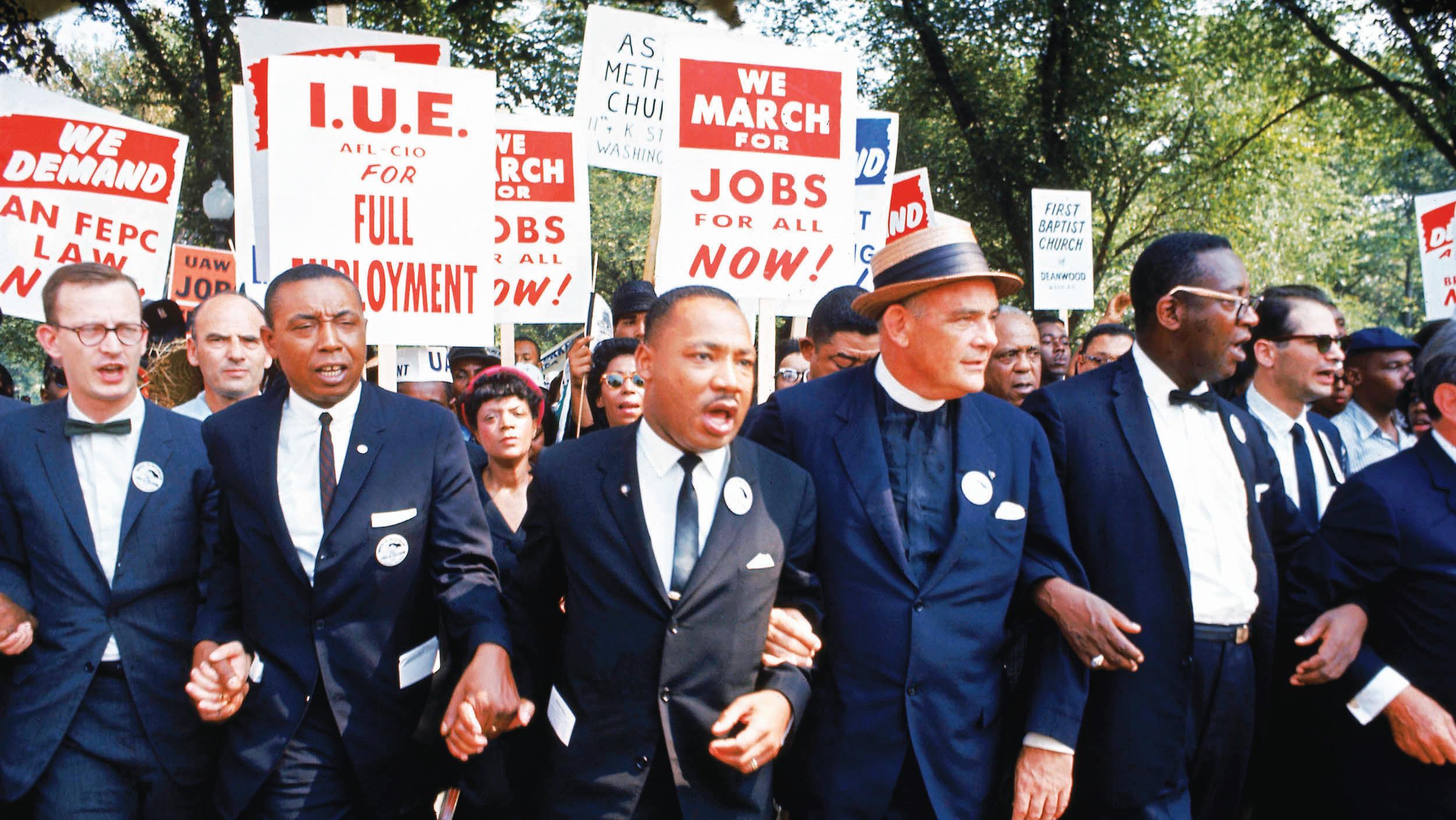
power structure. Far less acknowledged is the courage it took for King – after the passage of the Civil Rights Act of 1964 and the Voting Rights Act of 1965, and his being awarded the 1964 No bel Peace Prize – to resist the temptations of par tial success and his own fame.
Instead, King kept moving leftward, to confront the racial and economic injustice that had created and maintained the Black ghettos of the North, and the national hubris that had led America into the quagmire of war in Southeast Asia.
For this he was pilloried by President Lyndon B. Johnson and much of the White liberal establish ment, and a good portion of the civil rights and Black political establishment, too. His insistence that nonviolence was still a viable means of social change was ridiculed, as were his plans to stage a multiracial Poor Peoples March on Washington and involve himself in the bitter sanitation work er’s strike in Memphis, Tenn.
But those difficult years were actually King’s fin est hours. At the moment of his assassination, he was standing where he had begun his public life: with ordinary Black people who were being un justly denied their human rights.
King’s refusal to submit offers a lesson to take to heart at this moment when conservative politi cians and theorists are trying to restore inequality of opportunity as the law of the land.
It tells us we should adopt King as The Militant of the 21st Century, too.
Lee A. Daniels, Lee A. Daniels is a longtime jour nalist based in New York City. His essay, “Martin Luther King, Jr.: The Great Provocateur,” appears in Africa’s Peacemakers: Nobel Peace Laureates of African Descent,” to be published by Palgrave Macmillan in March.
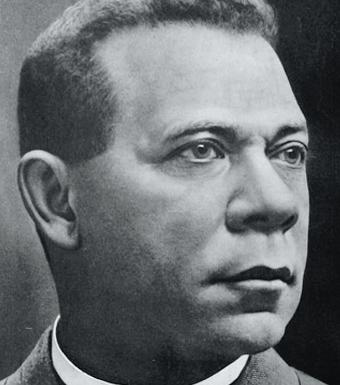

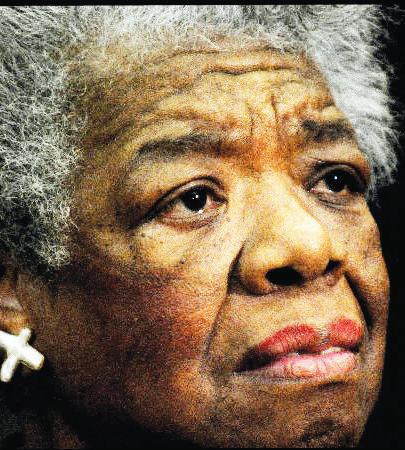
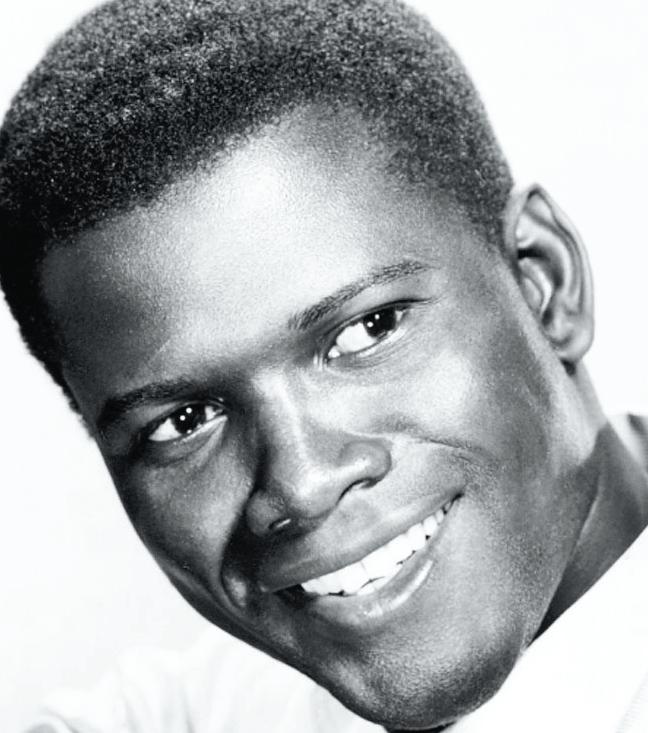
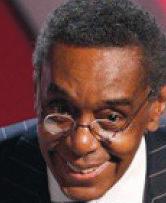
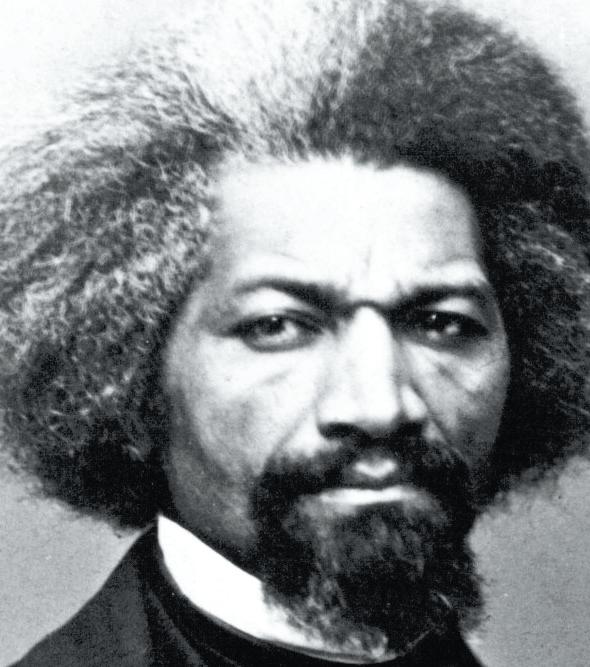


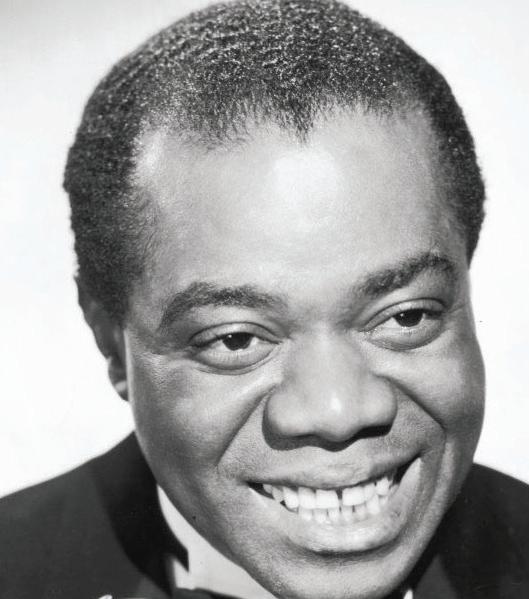
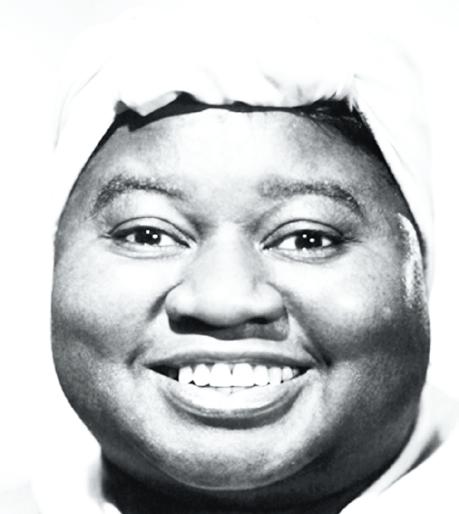
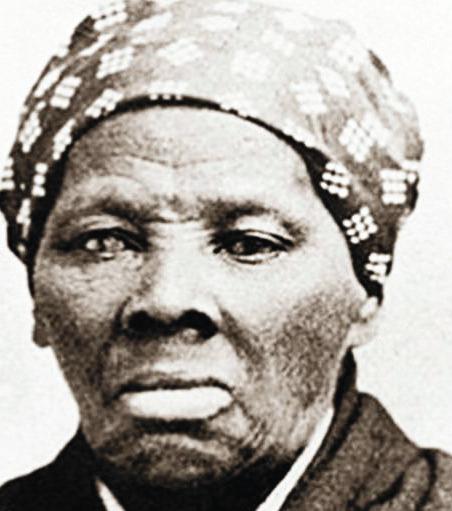
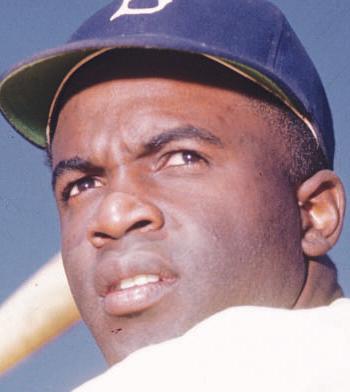
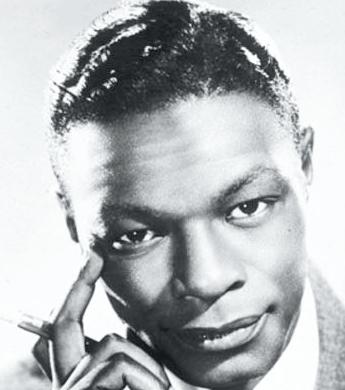
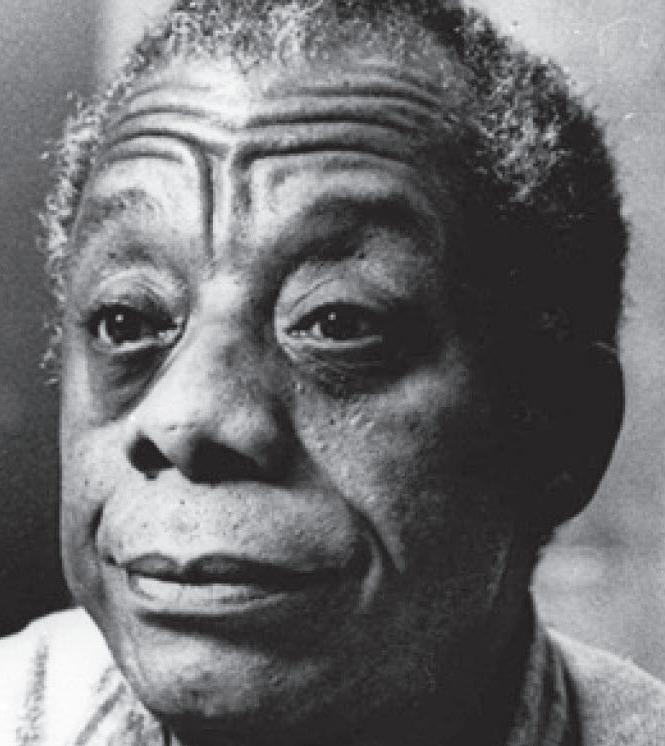


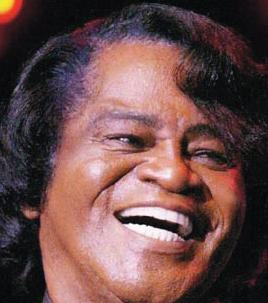
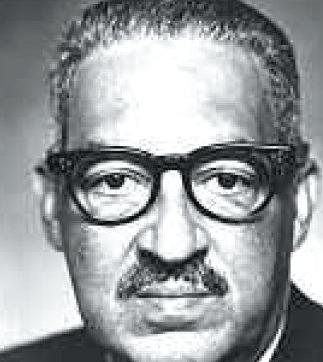
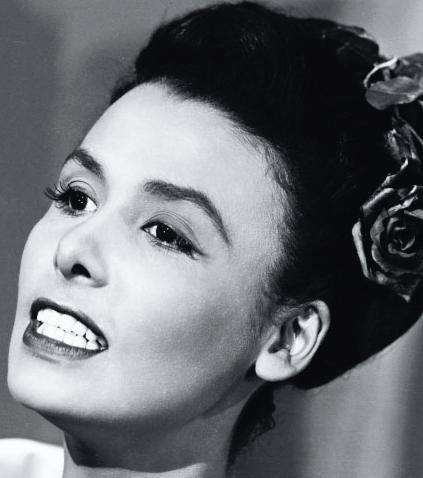
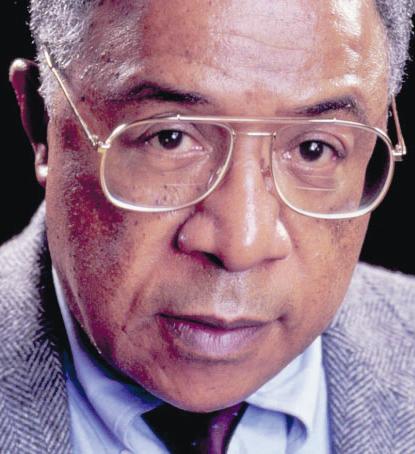


Black History Month is an annual celebra tion of achievements by African Americans and a time for recognizing the central role of blacks in U.S. history. The event grew out of “Negro History Week,” the brain child of noted historian Carter G. Woodson and other prominent African Americans. Since 1976, every U.S. president has of ficially designated the month of February as Black History Month. Other countries around the world, including Canada and the United Kingdom, also devote a month to celebrating black history.
Known today as the Association for the Study of African American Life and Histo ry (ASALH), the group sponsored a nation al Negro History week in 1926, choosing the second week of February to coincide with the birthdays of Abraham Lincoln and Frederick Douglass. The event inspired schools and communities nationwide to or ganize local celebrations, establish history clubs and host performances and lectures.
GET THE FACTS
Connecticut has 16.5% non-white population. The gure for the inner city newspaper coverage area is an overwhelming 44%.








The story of Black History Month begins in 1915, half a century after the Thirteenth Amendment abolished slavery in the Unit ed States.

Within the inner city distribution area, the cities with the largest non-white populations are: Bridgeport 53.1% New haven
That September, the Harvard-trained his torian Carter G. Woodson and the promi nent minister Jesse E. Moorland founded the Association for the Study of Negro Life and History (ASNLH), an organiza tion dedicated to researching and promot ing achievements by black Americans and other peoples of African descent.
This represents a vital consumer base and an important segment of the population that cannot be ignored! Media market research (MRI) reported that lation have household incomes of over 10% of this population have incomes of 70,000 or more!
Did you know? The NAACP was founded on February 12, 1909, the centennial an niversary of the birth of Abraham Lincoln.
In the decades that followed, mayors of cities across the country began issuing yearly proclamations recognizing Negro History Week. By the late 1960s, thanks in part to the civil rights movement and a growing awareness of black identity, Negro History Week had evolved into Black His tory Month on many college campuses.
President Gerald Ford officially recog nized Black History Month in 1976, calling upon the public to “seize the opportunity to honor the too-often neglected accomplish ments of black Americans in every area of endeavor throughout our history.”
The Inner-City News is Connecticut’s first choice for Urban News since 1990. Our publication is the heartbeat of the African-American communities in Greater New Haven and Bridgeport Connecticut. Our philosophy reflects the values that African -Americans cherish: Family, Education Community. We deliver informative, inspirational news that aims to communicate, educate, motivate, and empower. We put these values to work with a first class publication that you can trust.
